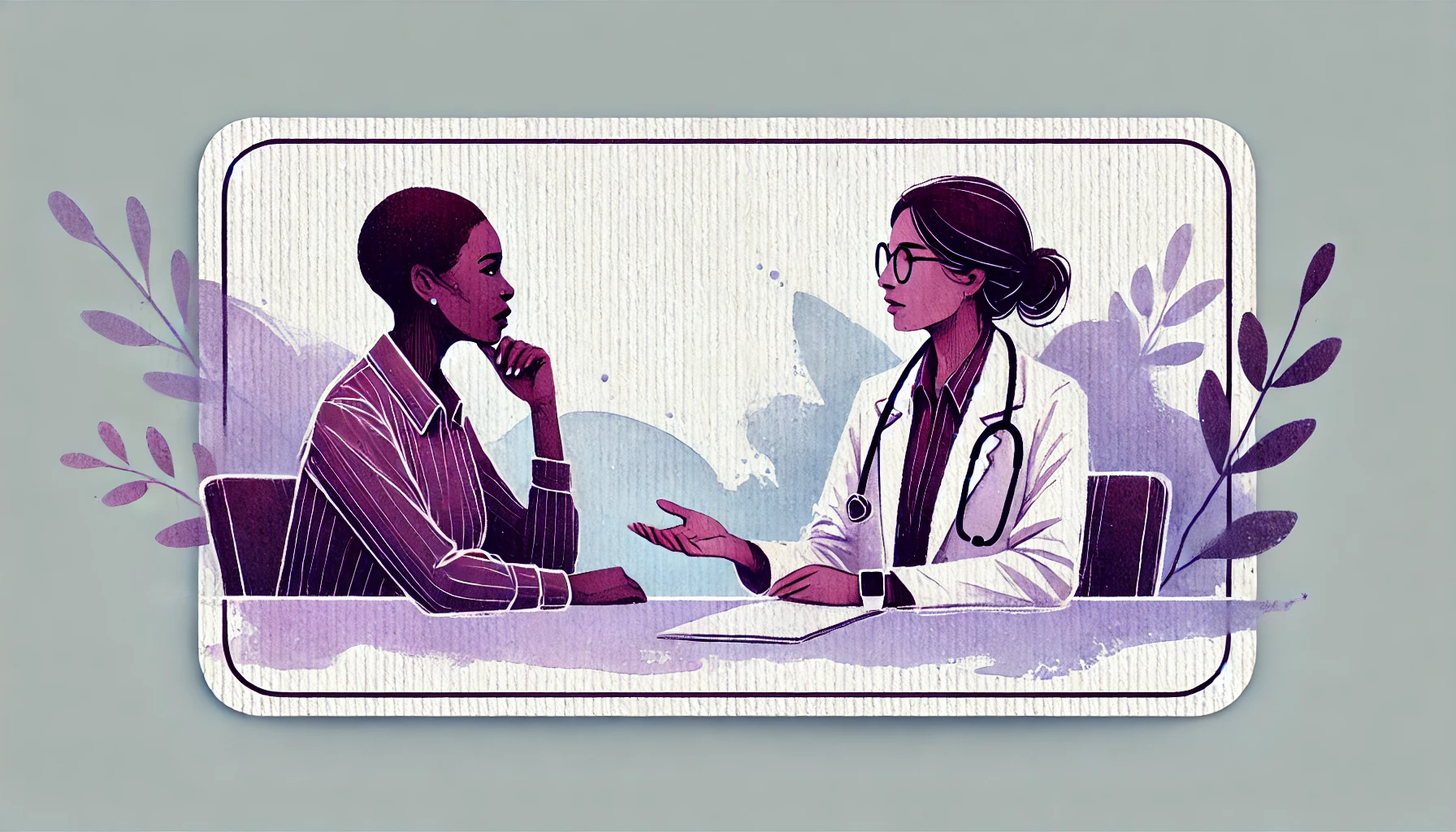How Do You Know if You Have Fibroids?
Uterine fibroids are a common condition that affects many women, often without their knowledge. These noncancerous growths develop in or on the uterus and vary greatly in size, shape, and number. While some women experience no symptoms at all, others may face significant discomfort or complications. Understanding the signs and seeking timely medical advice are essential steps in managing fibroids effectively.

What Are Uterine Fibroids?
Fibroids, also known as leiomyomas, are benign tumors made up of muscle and connective tissue. They can develop inside the uterine wall, on its surface, or within the uterine cavity. Fibroids are classified based on their location:
- Intramural fibroids: Grow within the muscular wall of the uterus.
- Subserosal fibroids: Extend outside the uterus, into the pelvic cavity.
- Submucosal fibroids: Develop under the lining of the uterus and can protrude into the uterine cavity.
- Pedunculated fibroids: Attach to the uterus by a thin stalk.
While fibroids are not cancerous, they can lead to a range of symptoms that impact a woman’s quality of life.
Common Symptoms of Fibroids
The symptoms of fibroids depend on their size, number, and location. Some of the most common signs include:
- Heavy or Prolonged Menstrual Bleeding: Women with fibroids often experience heavy periods that may last longer than usual. This can lead to anemia, causing fatigue and weakness.
- Pelvic Pain or Pressure: Large fibroids can create a sense of fullness or heaviness in the lower abdomen. They may also cause localized pain.
- Frequent Urination: Fibroids that press against the bladder can lead to a frequent need to urinate or difficulty emptying the bladder fully.
- Constipation or Bloating: Fibroids near the rectum can cause bowel-related issues, such as constipation or a feeling of fullness.
- Pain During Intercourse: Submucosal or large fibroids can cause discomfort during sexual activity.
- Lower Back or Leg Pain: Fibroids that grow toward the back of the pelvis may press on nerves, leading to pain radiating to the back or legs.
Who Is at Risk for Fibroids?
While the exact cause of fibroids is unknown, several factors can increase the likelihood of developing them:
- Age: Fibroids are most common in women aged 30 to 50.
- Family History: Women with a close relative who has had fibroids are more likely to develop them.
- Hormones: Estrogen and progesterone, which regulate the menstrual cycle, play a role in fibroid growth. Fibroids tend to shrink after menopause when hormone levels decrease.
- Ethnicity: African American women are more likely to develop fibroids and to experience more severe symptoms.
- Lifestyle Factors: Obesity, a high-fat diet, and lack of physical activity can contribute to an increased risk.
Diagnosing Fibroids
If you suspect you have fibroids, it’s important to consult a healthcare provider for an accurate diagnosis. Common diagnostic methods include:
- Pelvic Exam: A doctor may feel for abnormalities in the size or shape of the uterus.
- Ultrasound: This imaging technique uses sound waves to create pictures of the uterus and detect fibroids.
- MRI (Magnetic Resonance Imaging): Provides detailed images to determine the size, location, and type of fibroids.
- Hysteroscopy: A thin, lighted tube is inserted into the uterus to view the uterine cavity.
- Sonohysterography: A saline solution is injected into the uterus to provide clearer ultrasound images.
- Laparoscopy: A minimally invasive procedure that uses a small camera to view the outside of the uterus.
When to Seek Medical Advice
While some fibroids may not require treatment, it is crucial to seek medical advice if you experience any of the following:
- Persistent pelvic pain or pressure.
- Heavy or prolonged menstrual bleeding.
- Difficulty urinating or frequent urination.
- Symptoms that interfere with daily life or cause significant discomfort.
- Concerns about fertility or pregnancy complications.
Early diagnosis and management can help prevent complications and improve quality of life.
Treatment Options for Fibroids
The treatment for fibroids depends on their size, location, and the severity of symptoms. Options range from watchful waiting to surgical interventions:
- Watchful Waiting: If fibroids are small and asymptomatic, a doctor may recommend monitoring their growth through regular check-ups.
- Medications: Hormonal therapies, such as birth control pills or gonadotropin-releasing hormone (GnRH) agonists, can help manage symptoms like heavy bleeding and pain.
- Non-Invasive Procedures: MRI-guided focused ultrasound surgery (FUS) uses high-intensity ultrasound waves to destroy fibroid tissue.
- Minimally Invasive Procedures: Uterine artery embolization (UAE) and myomectomy remove or shrink fibroids while preserving the uterus.
- Hysterectomy: In severe cases, surgical removal of the uterus may be necessary. This is typically a last resort for women who no longer wish to have children.
Living with Fibroids
For women diagnosed with fibroids, lifestyle adjustments and self-care can help manage symptoms. Regular exercise, a balanced diet, and stress management techniques, such as yoga or meditation, may provide relief. Keeping track of symptoms and maintaining open communication with your healthcare provider ensures the best possible care.
Conclusion
Uterine fibroids are a common condition that can significantly impact a woman’s well-being. Recognizing the symptoms and understanding when to seek medical attention are key to effective management. If you’re experiencing signs of fibroids or have concerns about your uterine health, Preferred Fibroid is here to provide expert care and guidance. Our team is dedicated to helping you find the right solutions to improve your quality of life. Contact us today to learn more about your options and take the first step toward better health.
